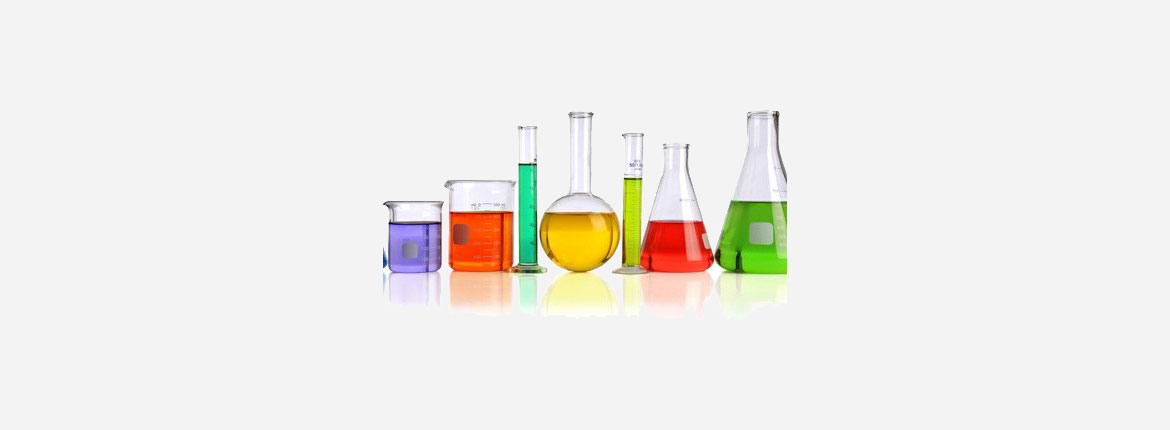Blog

A Flavour of Chemistry
-
Hits: 3221
Like me have you ever wondered how or why your whisky smells & tastes like sweet apples, fresh cut grass or smelly old rubber tyres!? How can this be given that it is made up of only three ingredients water, barley and yeast? Remember also that the addition of artificial flavour enhancers is strictly forbidden so where do all the flavours come from? The simple (or not so simple) answer is plain old chemistry!
The flavour of your dram is a combination of hundreds of things called chemical compounds. There are several factors that can have an influence as to what compounds are imparted into the liquid such as the type of grain used (barley, wheat, corn, rye), the size & shape of the copper stills in the distillation process but most importantly the type of oak chosen for the maturation process and what its previous contents were. It is argued that the final stage in the production process is responsible for as much as 70% of the end flavour in your glass and is 100% responsible for the final colour (unless of course caramel E150 has been used but don’t get me started on that!).
It would be almost impossible and to be honest quite boring to go on and list all of the different types and groups of compounds, however, I will take you through four of the more common starting with LACTONES. These are absorbed into the spirit from the oak and come in a couple of forms. TRANS-3-METHYL-4-OCTANOLIDE & CIS-3-METHYL-4-OCTANOLIDE. In the case of the trans isomer these add a woody, coconut flavour whereas the cis version adds more of a spicy coconut element.
Next up is ALDEHYDES. These too are extracted from the oak barrels and this time around you have four main culprits. SYRINGALDEHYDE lends a spicy, woody element. VANILLIN gives off a …… yep you’ve guessed it vanilla aroma while FURFURAL adds more of an almond like flavour. Finally, we have HEXANAL which offers up grassy notes.
You still with me? Great! The third group I’m going to talk about is my personal favourite ESTERS which arrive as a result of the fermentation stage. These are the compounds that tend to add the more fruity-like flavours. There are too many to list but a couple of examples would be ETHYL HEXANOATE which is similar to that of a sweet apple like aroma while ISOAMYL ACETATE on the other hand gives you more of a banana or pear smell.
Last but by no means least we have the ones that most people can easily identify with, the big and bold PHENOLIC compounds. These generally add smoky flavours and that of bitterness to the liquid. If peat is used during the drying of the malted barley this often results in the addition of CRESOLS which smell medicinal.
There are literally hundreds of other compounds, some that give off floral notes, buttery or zesty notes and some that are responsible for, dare I say it, those smelly old rubber tyres I eluded to earlier! As I stated at the beginning it would be almost impossible for me to go thorough and list them all so I’m going to stop here. I hope that this has in some way helped to clear up a few of the doubts you may have had about where in fact all these flavours in your Scotch come from.
Cheers
Johnny Mitchell AKA Kilted Whisky Man
Be sure to check out www.kiltedwhiskyman.com and follow me on twitter @KiltedWhiskyMan
Johnny is a Whisky Ambassador trainer based in Philadelphia. Contact him direct, for courses or tastings.
